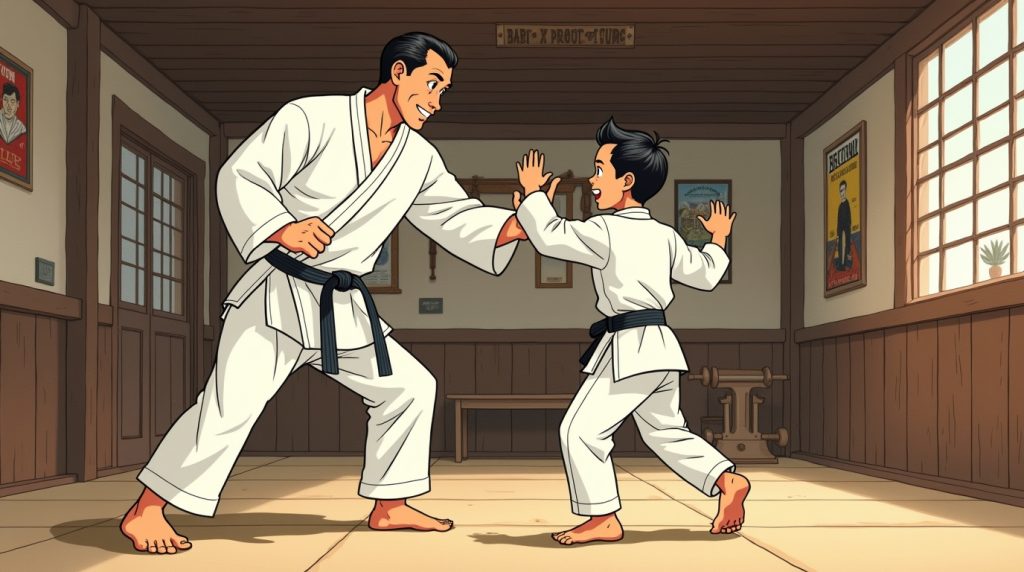Explore the life and legacy of Bruce Tegner, the martial arts pioneer who simplified self-defense, taught Hollywood stars, and inspired millions worldwide.
Bruce Tegner: Martial Arts Innovator and Self-Defense Pioneer
When people talk about martial arts pioneers of the 20th century, names like Bruce Lee often come to mind. But before the martial arts boom of the 1970s, Bruce Tegner was one of the first to bring martial arts and practical self-defense training into the mainstream. Through his books, teaching, and work in Hollywood, Tegner left behind a lasting influence that shaped how ordinary people approached martial arts and self-protection.
Early Life and Background
Bruce Tegner was born in 1929 in Hollywood, California. His parents, Jack and Josephine Tegner, were both martial artists and physical education instructors who had traveled and studied combat sports extensively. From an early age, Bruce was immersed in a world of training, discipline, and movement.
By the time he was a teenager, he had studied judo, jujitsu, karate, kung fu, boxing, and wrestling. His parents were his earliest teachers, but Tegner also sought instruction from other martial artists who were beginning to arrive in the United States during the 1940s and 1950s.

Martial Arts Training and Philosophy
Unlike many martial artists of his time, Tegner was not interested in rigid tradition or ceremony. Instead, he focused on practical application. He believed martial arts should be simplified and adapted for the modern person who wanted self-defense techniques that worked in real-life situations.
While he was skilled in traditional arts like judo and karate, Tegner stripped away the unnecessary complexity. His teaching centered on:
- Simple blocks, strikes, and throws anyone could learn.
- Self-defense for average men and women, not just athletes or fighters.
- A rejection of mystical or overly complicated systems.
This approach would later become the backbone of his writing and teaching style.

Hollywood and Celebrity Students
Living in Los Angeles gave Tegner access to the film industry. He became known as a martial arts consultant and instructor for actors, teaching stage combat and fight choreography. Among those he taught were Hollywood stars, law enforcement officers, and even members of the military.
His Hollywood work helped martial arts reach a wider audience before the kung fu craze exploded in the 1970s.

Books and Contributions to Martial Arts
Bruce Tegner is perhaps best remembered for his popular martial arts and self-defense books. Starting in the 1950s, he authored over a dozen works, including:
- Karate: The Art of Empty Hand Fighting
- Complete Book of Judo
- Self-Defense for Women
- Bruce Tegner’s Complete Book of Jujitsu
- The Handbook of Karate
These books sold in the millions worldwide, making Tegner one of the first martial artists to reach mainstream readers. His clear illustrations and easy-to-follow instructions gave people a way to learn basic martial arts skills at home, long before YouTube or online classes existed.
Legacy and Influence
While some traditional martial artists criticized Tegner for “watering down” the arts, others recognized that his approach made martial arts accessible to everyday people. He paved the way for the self-defense industry, community martial arts programs, and even modern-day fitness-based martial arts classes.
Tegner’s philosophy—simple, effective, realistic self-defense—influenced later systems like reality-based self-defense, women’s self-defense programs, and even law enforcement training.
Bruce Tegner passed away in 1985 at the age of 56, but his impact continues through his books and the many people he inspired to begin their martial arts journey.


